

Funded by the Hong Kong Jockey Club Charities Trust, The Hong Kong Society for the Age develop cognitive training games for the HK Elderly. I2 response the revamp the systems and from UX, Games and System design to make the games more suitable for elderly.
Primary Target User


We launched the cognitive games system in 2012 and it has run over 10 years. Client decided to enhance the project to provide a better UX for the users.
The challenge of the task is

Qualitative Research
5%-8%
Dementia over aged 80
Age 65+
20%-30%
Dementia over aged 80
Age 80+

Persona
Anti Leung
Age: 75
Single
Anti Leung, she went to the community center to play and learn some interactive cognitive games 2-3 times per weeks
She starts feeling bored for playing games after few months therefore she changes her hobby to watch TV. Her famous drama are some oldies like “Hong Kong 81-85” 順嫂and 真情- 好姨



Mr. Wong
He lives with his family and has a healthy life. He does exercise twice a week and spends time on social media e.g. Facebook / WhatsApp.
He plays mobile games like “Candy Crush” and other mini games instead of playing cognitive training games which he thinks it is bored. He likes watching TV and Movies especially the oldies TVB drama and 80’s movies.



Persona
Mr Wong
Age: 70
Single

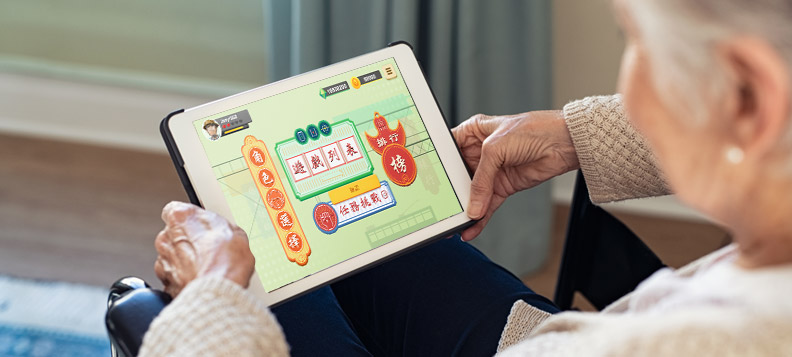
1
Create characters as role-play game
Develop role-play games to increase the user’s engagement
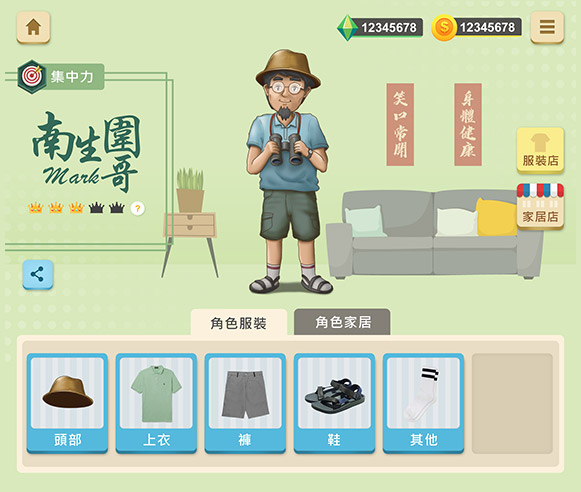
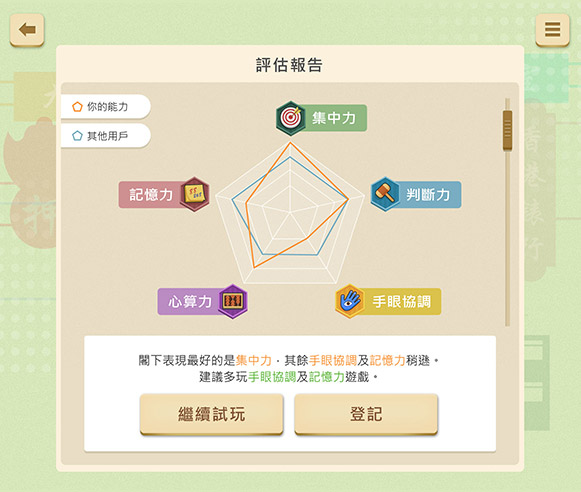

2
We added the voice-over to introduce how to play the game
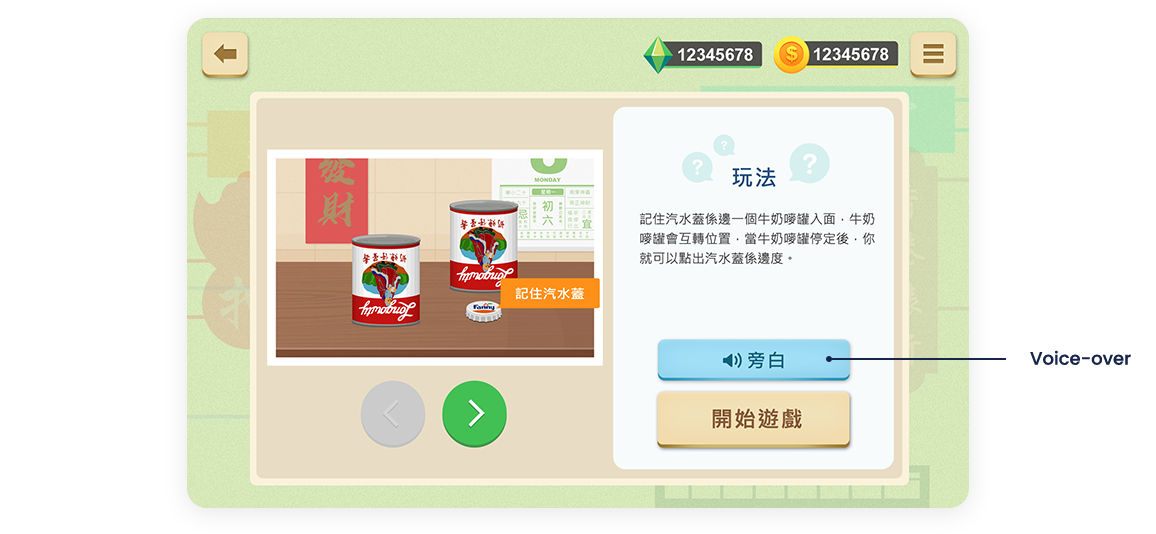
3
Design the game in horizontal for allowing using two hands to control
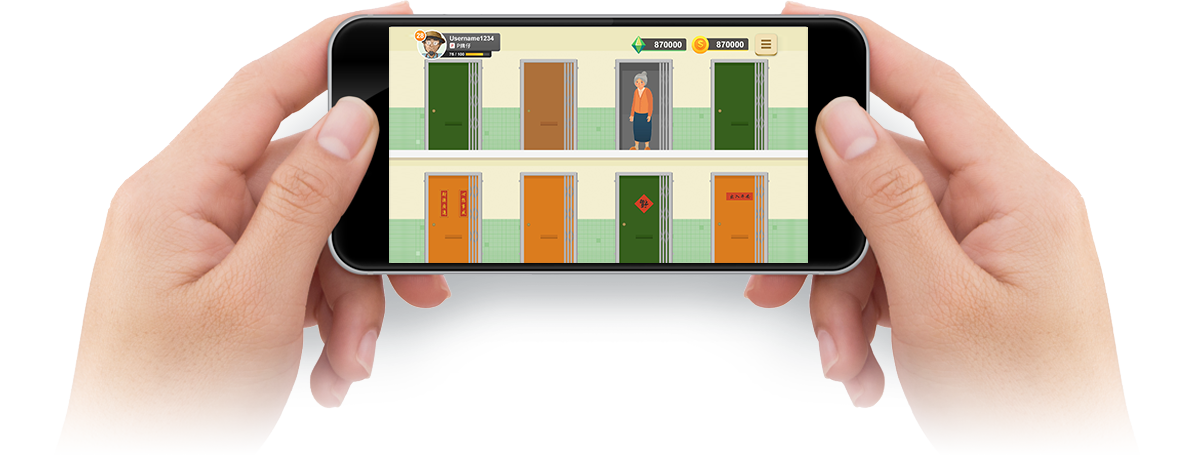
4
Game Layouts
Create games with more familiar elements of elderly.
e.g. foot massage, public housing environment, kerosene stove (火水爐)
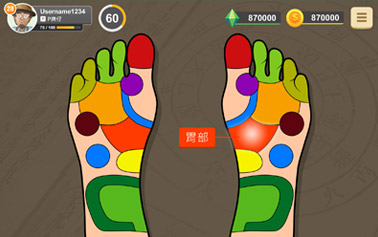
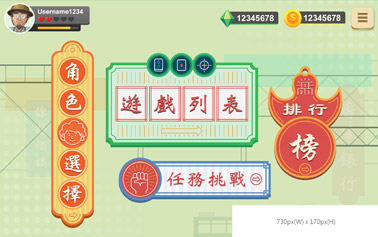

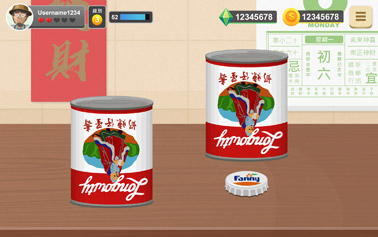

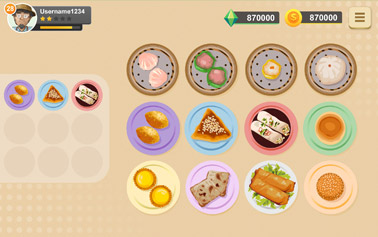
After the project is launched, the participation of cognitive games are increased.
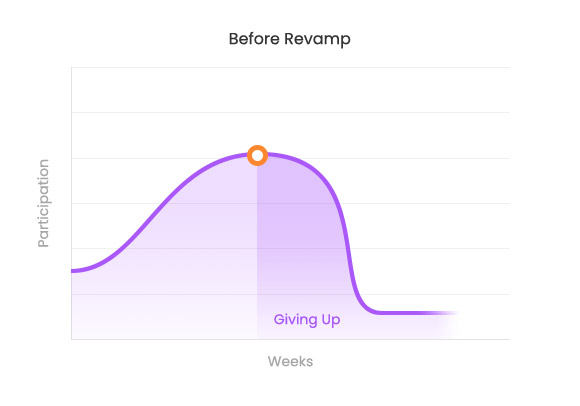
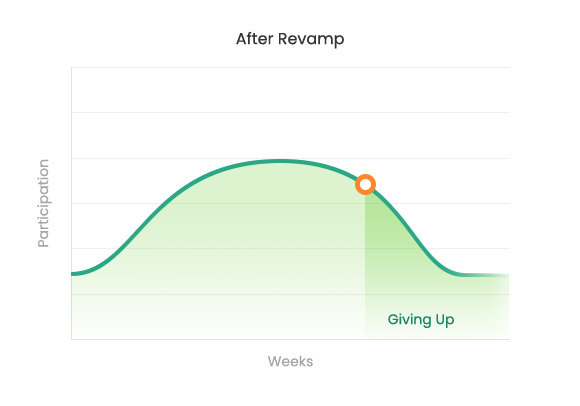

The project is launched on 2021 and invited The Department of Rehabilitation Sciences of H.K. PolyU to collaborate on a study to explore the effect of the “智有腦 – Smart Brain” game on improving the cognitive ability of the elderly. PolyU conducted a study on 145 elderly people aged 65 to 85.
Research results showed that after playing the cognitive games, their cognitive ability improved, and the effect was sustained, and the cognitive ability at completion was still maintained after 3 months level. The results of the study showed that the average assessment score of elders without risk of cognitive impairment was 23.03 (out of 30) before receiving game training, which increased to 25.11 after training; The assessment score was 15.74, which increased to 21.51 after training.
Input your search keywords and press Enter.